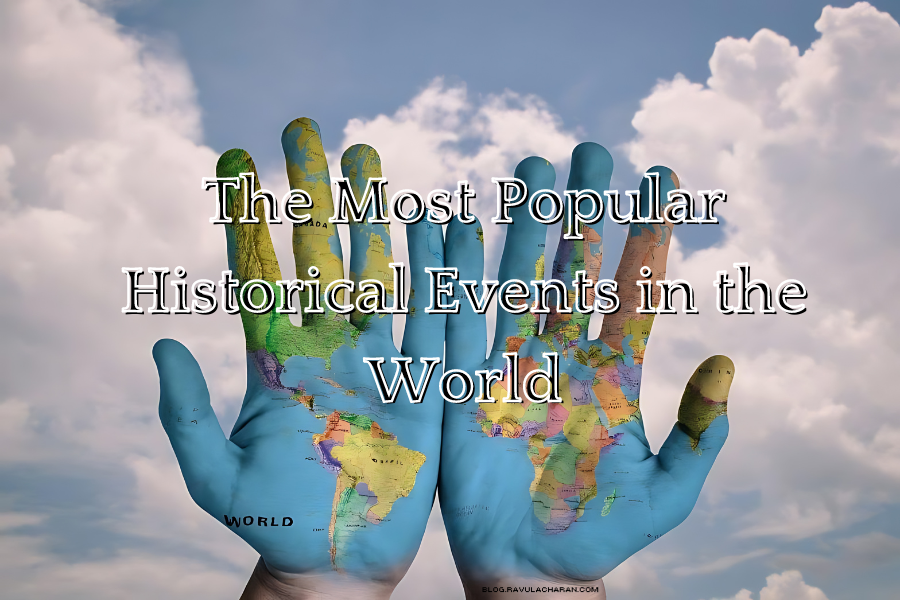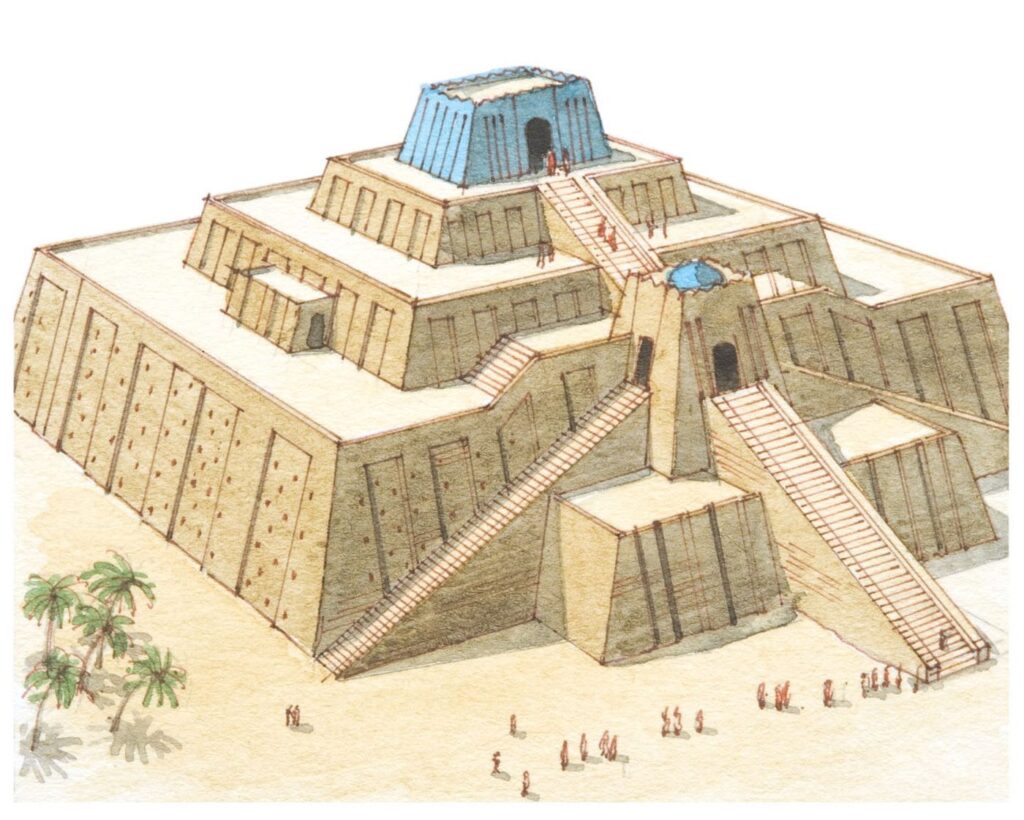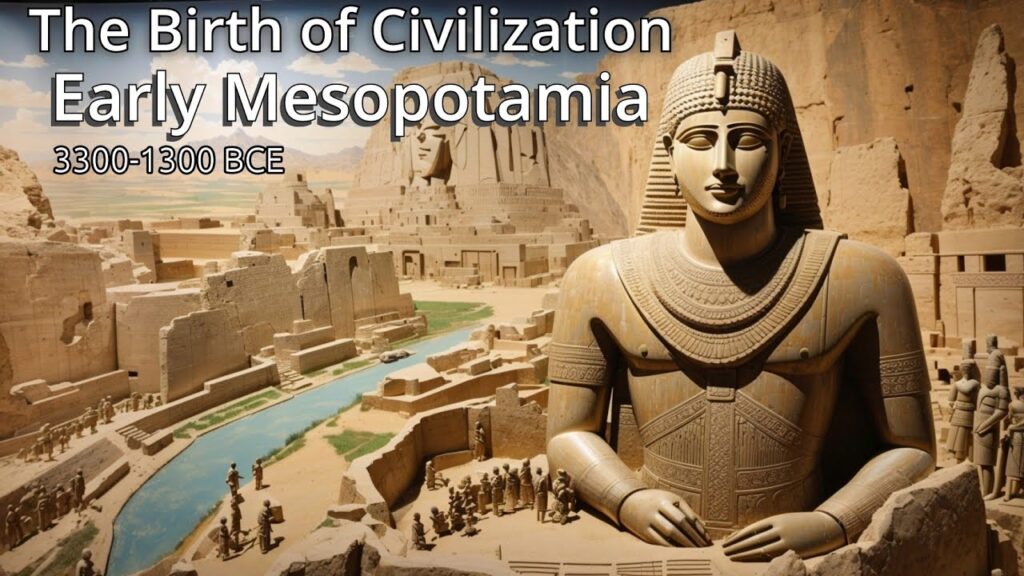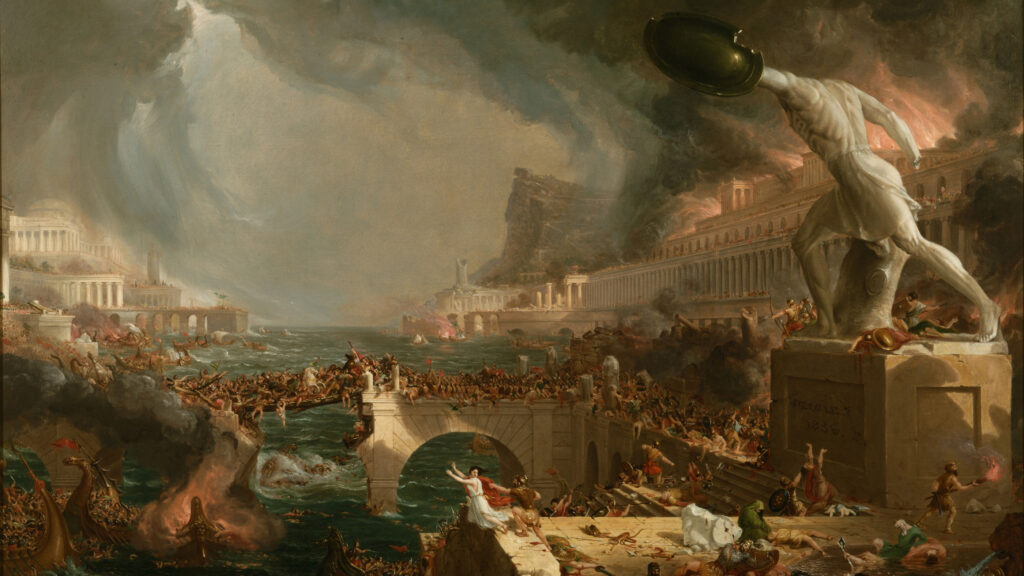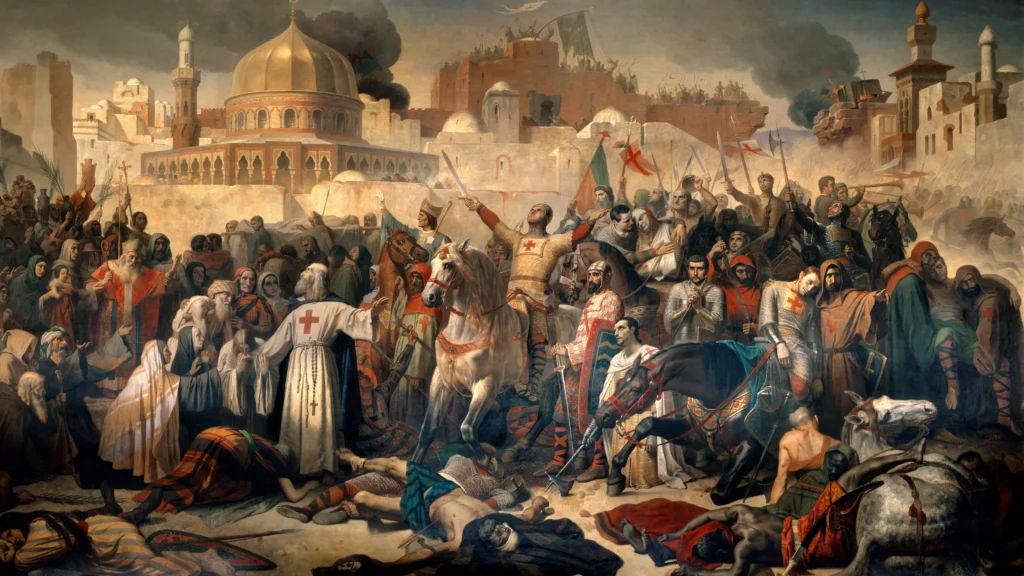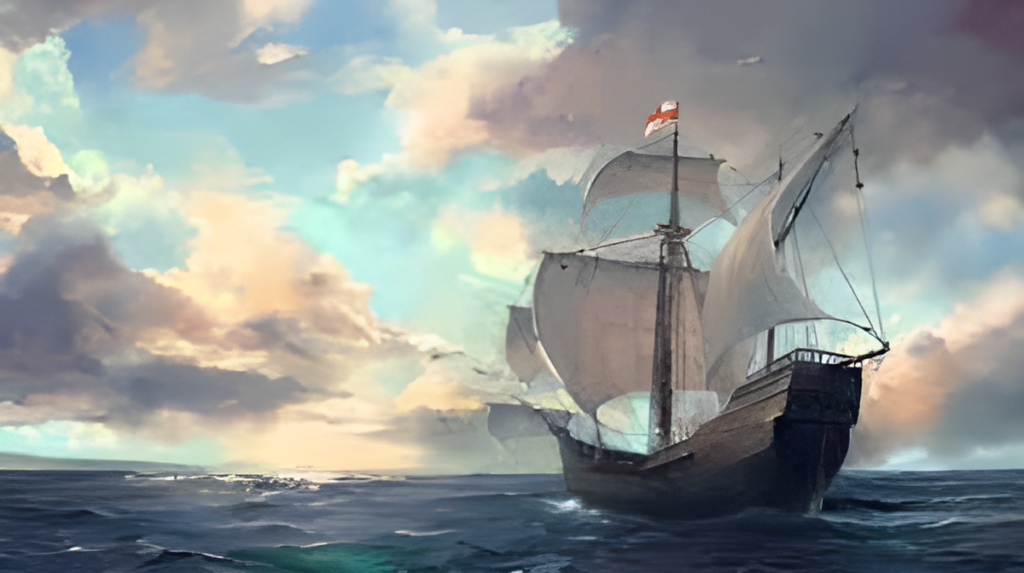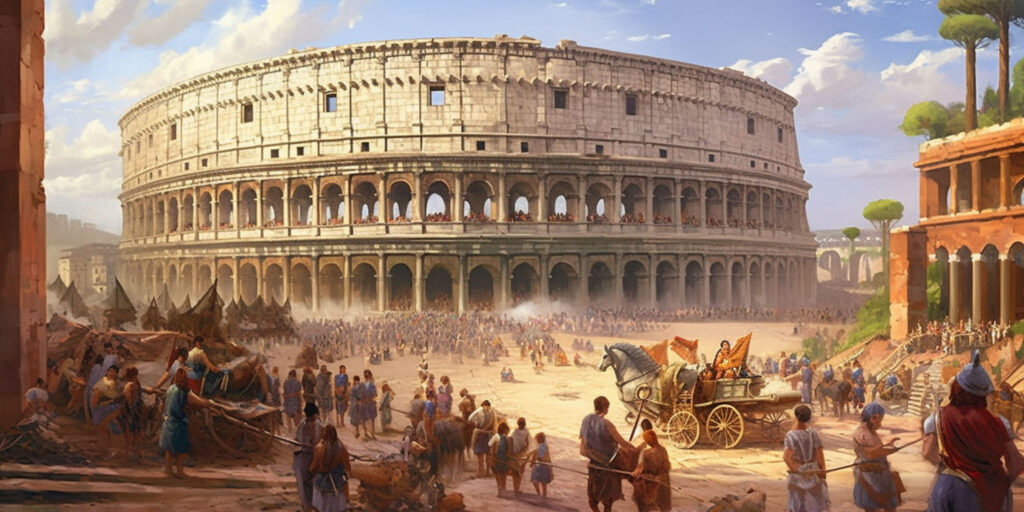
The Roman Empire: A Comprehensive Overview
Introduction
The Roman Empire, one of history’s most influential civilizations, dominated much of Europe, North Africa, and the Middle East for centuries. From its legendary founding in 753 BCE to its fall in 476 CE, the Roman Empire left an indelible mark on law, government, architecture, engineering, and culture. This article provides a detailed exploration of the Roman Empire, covering its geography, history, culture, and enduring legacy.
The Geography of the Roman Empire
The Italian Peninsula
The Roman Empire originated on the Italian Peninsula, a region with diverse geography including mountains, plains, and a lengthy coastline. The fertile plains of the Po and Tiber River valleys supported agriculture, while the Apennine Mountains provided natural defenses and resources.
Expansion Across Three Continents
At its height, the Roman Empire encompassed territories across Europe, Asia, and Africa. Key regions included the Italian heartland, the provinces of Gaul (modern France), Hispania (modern Spain), Britannia (modern UK), and the rich lands of Egypt and North Africa. This vast expanse facilitated trade, cultural exchange, and military conquest.
The Founding and Early Republic
The Mythical Founding
According to legend, Rome was founded in 753 BCE by Romulus and Remus, twin brothers raised by a she-wolf. Romulus later killed Remus and became the first king of Rome. While mythical, this story reflects Rome’s perceived origins and values of strength and resilience.
The Roman Republic
Around 509 BCE, the Roman Republic was established, replacing the monarchy. The Republic was characterized by a complex system of checks and balances, with power divided among the Senate, elected magistrates, and popular assemblies. Key offices included the Consuls, who acted as chief executives, and the Senate, which wielded significant influence over policy and finance.
The Expansion of Rome
The Punic Wars
Rome’s expansion was marked by the Punic Wars (264-146 BCE), a series of conflicts with the Carthaginian Empire. The most famous Carthaginian general, Hannibal, posed a significant threat to Rome, but the Romans ultimately prevailed. The destruction of Carthage in 146 BCE solidified Rome’s dominance in the western Mediterranean.
Conquests and Provinces
Rome continued to expand through military conquests and alliances. Notable conquests included Greece, Gaul (led by Julius Caesar), Egypt, and parts of the Middle East. These territories were organized into provinces governed by Roman officials, which facilitated control and integration into the empire.
The Transition from Republic to Empire
Julius Caesar and the End of the Republic
Julius Caesar’s rise to power marked the end of the Roman Republic. His military successes, political reforms, and eventual appointment as dictator for life alarmed many senators, leading to his assassination in 44 BCE. This event plunged Rome into a series of civil wars.
Augustus and the Birth of the Empire
Caesar’s adopted heir, Octavian (later Augustus), emerged victorious from the civil wars. In 27 BCE, the Senate granted him the title of Augustus, effectively marking the beginning of the Roman Empire. Augustus implemented significant reforms, stabilized the empire, and ushered in the Pax Romana, a period of relative peace and prosperity.
The Golden Age of the Roman Empire
The Julio-Claudian and Flavian Dynasties
The early Roman Empire saw the reign of the Julio-Claudian dynasty, including emperors such as Tiberius, Caligula, Claudius, and Nero. Despite periods of instability and tyranny, this era also witnessed significant administrative and architectural achievements.
The Flavian dynasty, which followed, included emperors Vespasian, Titus, and Domitian. They restored stability after the turmoil of Nero’s reign and the Year of the Four Emperors (69 CE). The construction of the Colosseum, an iconic symbol of Roman engineering and culture, began under Vespasian and was completed by Titus.
The Five Good Emperors
The period from 96 to 180 CE, known as the reign of the “Five Good Emperors” (Nerva, Trajan, Hadrian, Antoninus Pius, and Marcus Aurelius), is considered a high point of the Roman Empire. These emperors were known for their effective governance, military successes, and contributions to infrastructure and culture.
Roman Law and Governance
Roman law was a cornerstone of the empire’s stability and governance. The development of the Twelve Tables and subsequent legal codes provided a framework for justice and administration. The principle of “innocent until proven guilty” and other legal concepts have influenced modern legal systems.
Daily Life and Culture
Social Structure
Roman society was hierarchical, with a distinct class system. The patricians (aristocratic families) and plebeians (common citizens) were the main classes, with slaves and freedmen forming the lower echelons. Social mobility was possible through military service, wealth accumulation, or manumission (the freeing of slaves).
Family and Education
The Roman family, or familia, was patriarchal, with the paterfamilias (male head of the household) wielding considerable authority. Education was highly valued, particularly for the upper classes. Boys were taught rhetoric, philosophy, and law, while girls were educated in domestic skills and, in some cases, literature and the arts.
Religion and Mythology
Roman religion was polytheistic, with a pantheon of gods and goddesses similar to those of ancient Greece. Key deities included Jupiter (king of the gods), Juno (his wife), Mars (god of war), and Venus (goddess of love). Religious rituals, festivals, and temples played a central role in public and private life.
Roman Engineering and Architecture
Roads and Aqueducts
Roman engineering achievements were remarkable. The extensive network of roads, famously straight and durable, facilitated military movements, trade, and communication. Aqueducts, such as the Pont du Gard in France, provided cities with fresh water and exemplified Roman engineering prowess.
Public Buildings and Monuments
Roman architecture included grand public buildings and monuments. The Colosseum, used for gladiatorial games and public spectacles, and the Pantheon, with its impressive dome and oculus, are enduring symbols of Roman architectural innovation. The use of concrete allowed for the construction of durable and expansive structures.
The Decline and Fall of the Roman Empire
Economic and Political Instability
The decline of the Roman Empire was marked by economic troubles, political instability, and military challenges. High taxes, inflation, and reliance on slave labor weakened the economy. Corruption and power struggles undermined effective governance.
Barbarian Invasions
The Roman Empire faced numerous invasions by barbarian tribes. The Visigoths sacked Rome in 410 CE, and the Vandals followed in 455 CE. In 476 CE, the last Roman emperor in the west, Romulus Augustulus, was deposed by the Germanic chieftain Odoacer, marking the traditional end of the Western Roman Empire.
The Byzantine Empire
The Eastern Roman Empire, known as the Byzantine Empire, continued for nearly a thousand years after the fall of the Western Empire. Centered in Constantinople (modern Istanbul), the Byzantine Empire preserved many aspects of Roman law, culture, and governance until its fall to the Ottoman Turks in 1453 CE.
The Legacy of the Roman Empire
Contributions to Law and Governance
Roman law and governance have had a lasting impact on Western civilization. The concepts of republicanism, legal rights, and the rule of law are foundational elements of modern democratic systems. Roman legal principles continue to influence contemporary legal frameworks.
Language and Literature
Latin, the language of the Romans, is the root of the Romance languages (Italian, French, Spanish, Portuguese, and Romanian) and has significantly influenced English vocabulary. Roman literature, including the works of Virgil, Ovid, and Cicero, remains central to the study of classical literature.
Art and Architecture
Roman art and architecture set enduring standards for beauty and functionality. The use of arches, vaults, and domes influenced later architectural styles, including Romanesque and Renaissance architecture. Roman sculptures, mosaics, and frescoes continue to be admired for their artistic excellence.
Conclusion
The Roman Empire’s history is a testament to human ingenuity, resilience, and ambition. From its humble beginnings on the Italian Peninsula to its vast empire spanning three continents, Rome’s achievements in law, governance, engineering, and culture have shaped the course of Western civilization. The legacy of the Roman Empire continues to inspire and influence the modern world.

